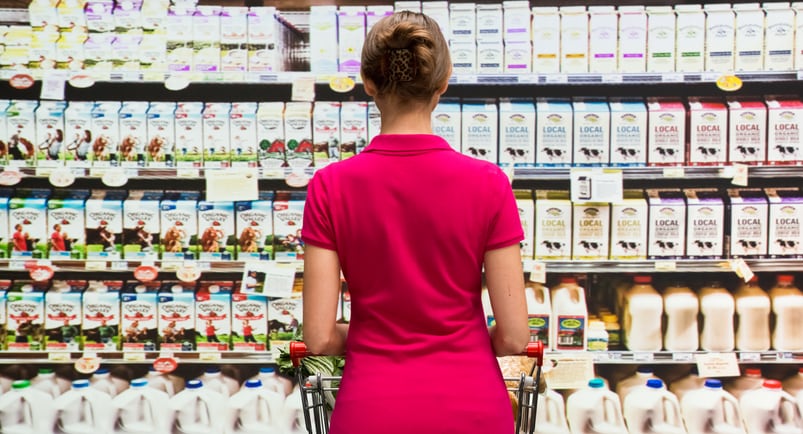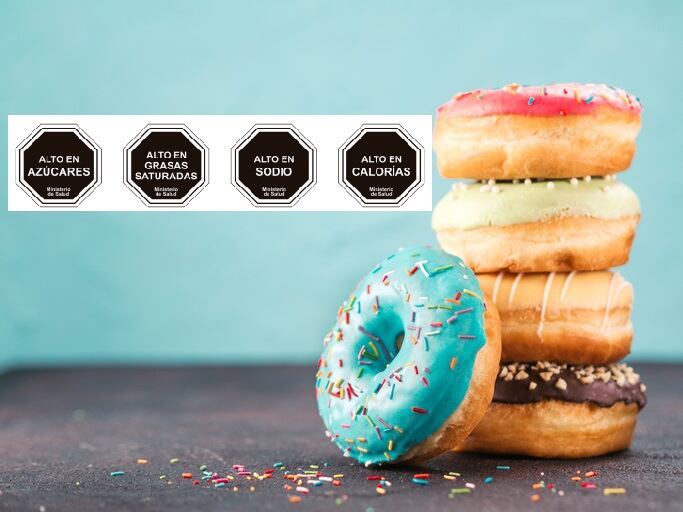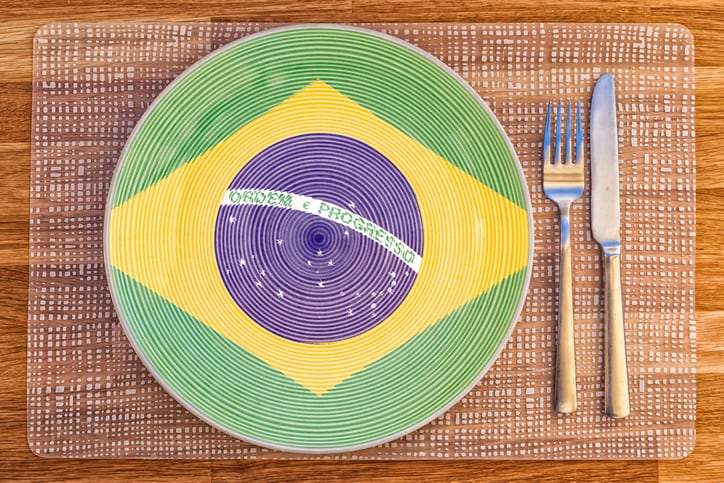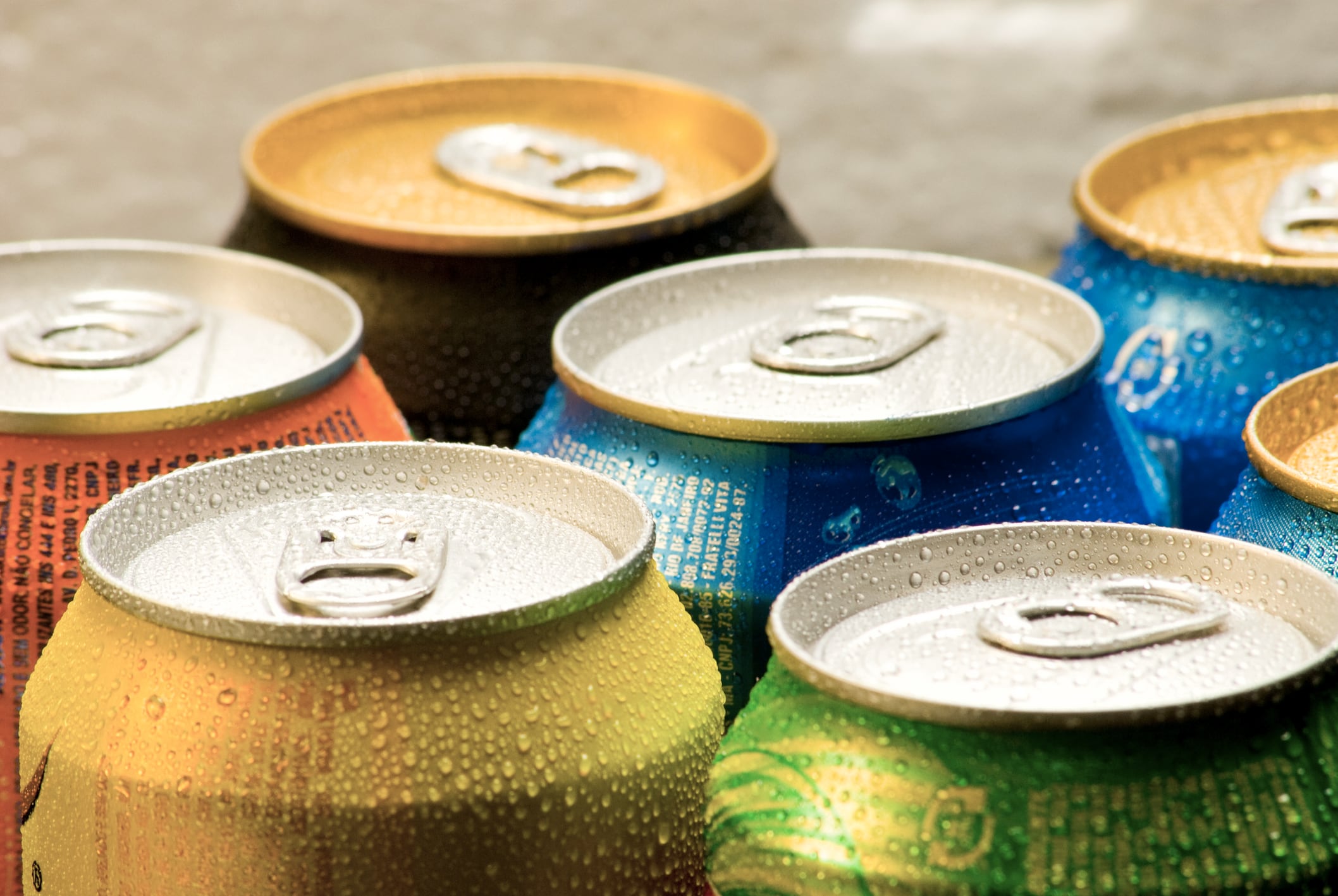ANVISA received over 33,000 contributions in an open call for data and met with civil society organizations, industry and manufacturers, and representatives of government agencies at its headquarters in Brasilia.
The objective was to gather data that will inform ANVISA experts and help them determine which nutrition label model should be adopted in Brazil.
It has summarized the findings in a report (the link to the report, in Portuguese, can be found here). ANVISA will publish a more detailed report in August and a final text is expected in September.
"This process involved consumers, academics, health professionals, and industry,” said Thalita Lima, head of food at ANVISA. "It was a very complete role of the main actors affected by and interested in the process."
"The intention is that the public consultation be made available so that all society can contribute in September this year, together with the final analysis report of regulatory impact," she added.
"[Front-of-pack labeling] is a strategy that has been adopted by several countries in the world, with the goal of bringing clearer nutritional information to the consumer," said Lima.
The results indicate that Brazilian consumers have difficulty understanding nutrition information on food packaging, it said.
Problems cited include small, hard-to-read fonts, a lack of prominence, no standardization and difficulties locating the information on product packaging, it said.
Warning signs or traffic light labels
Consumer rights organization IDEC would like to see Chile’s warning symbols adopted by Brazil.
Ana Paula Bortoletto, nutritionist and head of IDEC's healthy eating program, said: "Anvisa needs to approve a labeling model that guarantees the population clear information about ultra-processed products and helps them to make more informed food choices. The warning model is a crucial step in creating a healthier food environment in Brazil.”
Brazil’s food and drink manufacturing trade association, ABIA, however, is in favor of traffic light labels, variations of which are used in the UK and Ecuador.
ABIA is a member of the Labeling Network, a platform that brings together 20 food and drink manufacturers and retailers, and it made several contributions through this network.
The traffic light model presents nutritional information "in a clear and objective manner, with particular attention to the amounts of sugars, saturated fat and sodium indicated on the basis of the portion usually consumed and percentage relative to a daily diet of 2,000 kcal", it said.
Executive President of ABIA João Dornellas said he found ANVISA’s approach and the TPS “very positive”.
“ANVISA is conducting the process with transparency and broad participation of society, following the principles of good regulation,” he told FoodNavigator-LATAM.
“The regulatory impact analysis is an evidence-based analysis process, which […] we believe […] should guide decision making and contribute to effective and efficient regulatory actions.”




